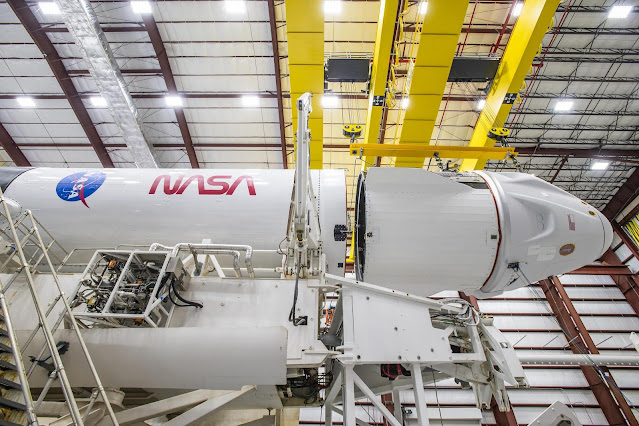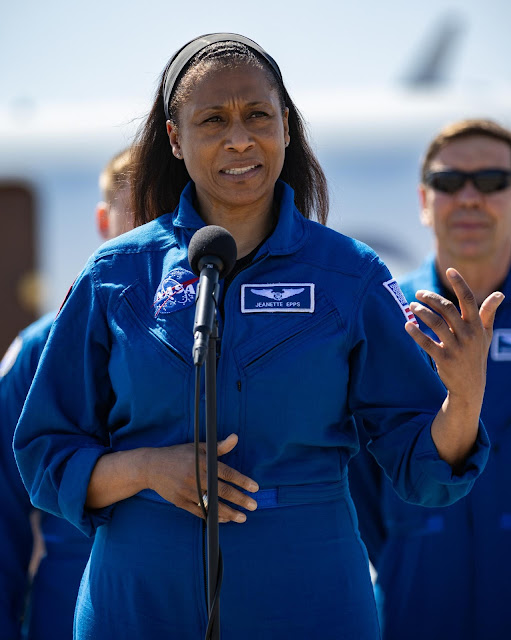Dwarf Galaxies Reionized the Universe: Galaxy Cluster Abell 2744 | Webb Telescope
Using the unprecedented capabilities of the NASA/European Space Agency/Canadian Space Agency James Webb Space Telescope, an international team of scientists have obtained the first spectroscopic observations of the faintest galaxies during the first billion years of the Universe. These findings help answer a longstanding question for astronomers: what sources caused the reionization of the Universe? These news results have effectively demonstrated that small dwarf galaxies are the likely producers of prodigious amounts of energetic radiation.
Researching the evolution of the early Universe is an important aspect of modern astronomy. Much remains to be understood about the time in the Universe’s early history known as the era of reionization. It was a period of darkness without any stars or galaxies, filled with a dense fog of hydrogen gas, until the first stars ionized the gas around them and light began to travel through. Astronomers have spent decades trying to identify the sources that emitted radiation powerful enough to gradually clear away this hydrogen fog that blanketed the early Universe.
“This discovery unveils the crucial role played by ultra-faint galaxies in the early Universe's evolution,” said team member Iryna Chemerynska of the Institut d’Astrophysique de Paris in France. “They produce ionizing photons that transform neutral hydrogen into ionized plasma during cosmic reionization. It highlights the importance of understanding low-mass galaxies in shaping the Universe's history.”
“These cosmic powerhouses collectively emit more than enough energy to get the job done,” added team leader Hakim Atek, Institut d’Astrophysique de Paris, CNRS, Sorbonne Université, France, and lead author of the paper describing this result. “Despite their tiny size, these low-mass galaxies are prolific producers of energetic radiation, and their abundance during this period is so substantial that their collective influence can transform the entire state of the Universe.”
Astronomers estimate 50,000 sources of near-infrared light are represented in this image from the James Webb Space Telescope. Their light has travelled through various distances to reach the telescope’s detectors, representing the vastness of space in a single image. A foreground star in our own galaxy, to the right of the image center, displays Webb’s distinctive diffraction spikes. Bright white sources surrounded by a hazy glow are the galaxies of Pandora’s Cluster, a conglomeration of already-massive clusters of galaxies coming together to form a mega cluster. The concentration of mass is so great that the fabric of spacetime is warped by gravity, creating a natural, super-magnifying glass called a 'gravitational lens' that astronomers can use to see very distant sources of light beyond the cluster that would otherwise be undetectable, even to Webb.
These lensed sources appear red in the image, and often as elongated arcs distorted by the gravitational lens. Many of these are galaxies from the early Universe, with their contents magnified and stretched out for astronomers to study.
Image Description: A crowded galaxy field on a black background, with one large star dominating the image just right of center. Three areas are concentrated with larger white hazy blobs on the left, lower right, and upper right above the single star. Scattered between these areas are many smaller sources of light; some also have a hazy white glow, while many other are red or orange.
These results have been published today in the journal Nature:
https://www.nature.com/articles/s41586-024-07043-6
Credit: NASA, ESA, CSA, I. Labbe (Swinburne University of Technology), R. Bezanson (University of Pittsburgh), A. Pagan (STScI)
Release Date: Feb. 28, 2024
#NASA #Astronomy #Space #Science #Galaxies #GalaxyCluster #Abell2744 #Sculptor #Constellation #GravitationalLensing #JamesWebbSpaceTelescope #JWST #Infrared #Reonization #Astrophysics #Cosmology #Universe #UnfoldTheUniverse #ESA #Europe #CSA #Canada #GSFC #STScI #UnitedStates #STEM #Education
.jpg)
.jpg)























RD.jpg)
.jpg)
